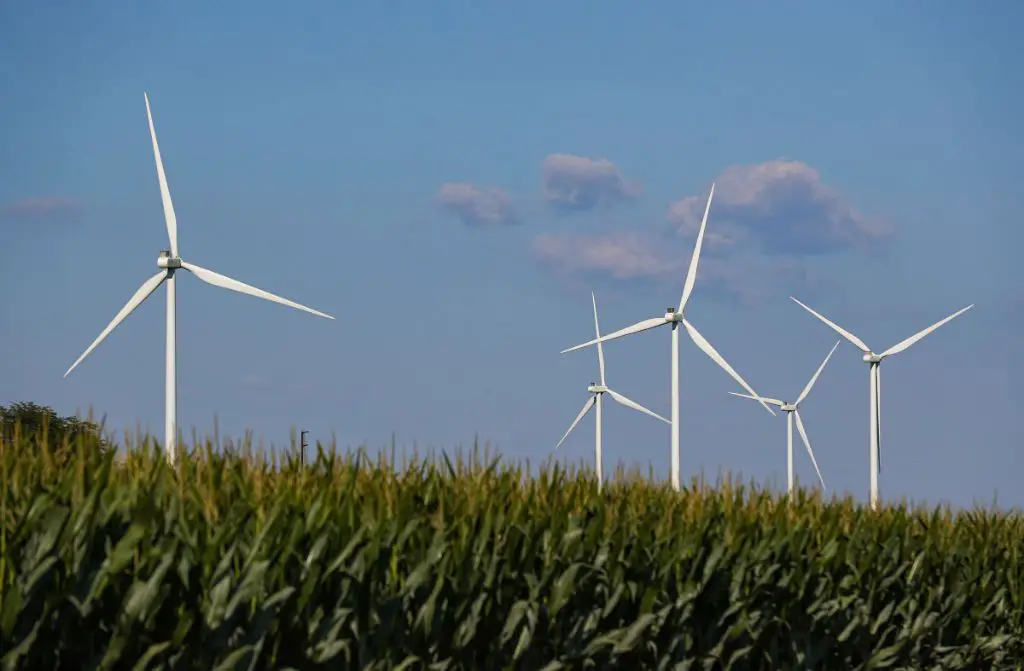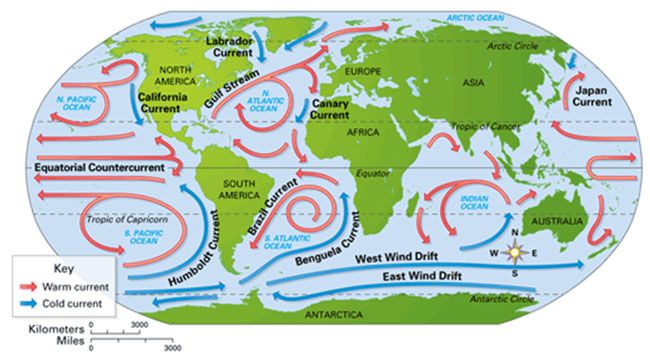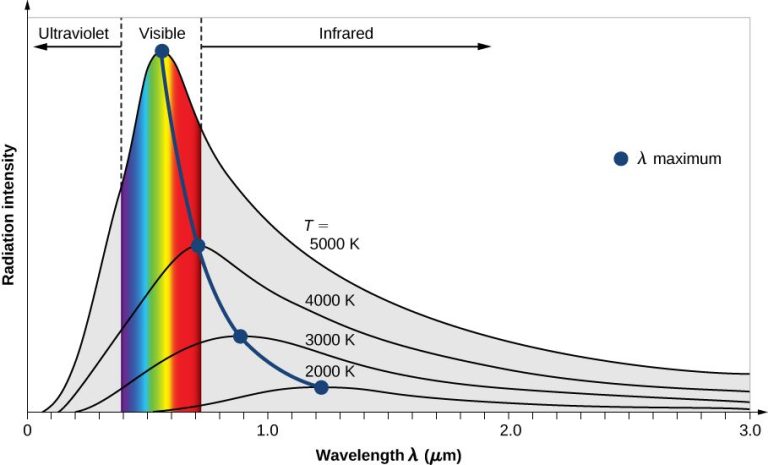What Is The Top Green Energy Company?
Green energy refers to renewable energy sources that are sustainable and environmentally friendly. The green energy market is rapidly growing as countries shift towards reducing carbon emissions and mitigating climate change. Some of the major renewable energy sources considered green include solar, wind, hydropower, geothermal, and biomass.
The global renewable energy market was valued at $1.21 trillion in 2023 and is projected to reach $2.18 trillion by 2032, growing at a CAGR of 17.2% from 2024 to 2030.[1] Driving this growth is rising demand, supportive policies, and technological advances making green energy more cost-competitive with conventional power.
This article aims to determine the top green energy company based on criteria such as financial performance, renewable energy capacity, geographic reach, investment in R&D, energy storage capabilities, carbon emissions reduction, sustainability practices, and industry leadership. Quantitative metrics as well as qualitative assessments of a company’s commitment to renewable energy will be used to provide a comprehensive evaluation.
Financial Performance
The renewable energy industry has seen strong growth in recent years. According to Statista, the top renewable energy companies by revenue in 2022 were Enel, Iberdrola, Exelon, EDF Group, and Engie. Enel reported the highest revenue at $122.6 billion, followed by Iberdrola at $42.2 billion. The renewable energy divisions of these major utility companies have driven increases in revenue.[1]
Examining the financials of pure-play renewable energy companies shows impressive growth as well. For example, Clean Energy Fuels, a leader in renewable natural gas, reported a revenue increase from $344.1 million in 2018 to $544.6 million in 2022. Their net income also improved from $21.3 million to $59.6 million over the same period.[2]
According to Investopedia, some of the fastest growing global renewable energy companies include Enel Green Power, Iberdrola Renewables, NextEra Energy Resources, Invenergy, and Orsted. These companies have invested heavily in wind, solar, hydroelectric, and other renewable energy sources which has fueled their growth over the past 5 years.[3]
Overall, the renewable energy sector has seen robust financial performance in recent years, led by major utility companies expanding their renewable divisions as well as pure-play renewable energy companies rapidly increasing installations and production capacity.
[1] https://www.statista.com/statistics/273079/revenue-of-selected-companies-in-the-renewable-energy-field/
[2] https://investors.cleanenergyfuels.com/news-releases/news-release-details/clean-energy-reports-revenue-1322-million-and-534-million-rng
[3] https://www.investopedia.com/investing/top-alternative-energy-companies/
Renewable Energy Capacity

According to GlobalData, General Electric currently has the largest renewable energy capacity in the world. In 2021, GE had an active renewable energy capacity of over 60 gigawatts, primarily from onshore and offshore wind projects. This is nearly double the capacity of the next largest renewable energy company, Iberdrola, which currently has around 35 gigawatts of renewable capacity. Other leading companies in terms of total renewable energy capacity include Enel, Engie, EDP Renováveis, Orsted, NextEra Energy, Acciona, China Three Gorges Corporation, and Statkraft.
The global energy market is rapidly transitioning towards renewable energy sources like wind and solar. As a pioneer and market leader in wind turbine technology, GE has been able to leverage its expertise and scale to build an industry-leading renewable energy portfolio. The company operates wind farms across Europe, North America, South America, and Asia Pacific. GE’s multinational presence and large project portfolio has enabled it to amass the world’s largest renewable energy capacity.
Geographic Reach
NextEra Energy has operations across North America, with a presence in 30 U.S. states and 4 Canadian provinces. The company generates renewable energy from wind, solar, and battery storage projects located across the United States. Major wind energy operations are located in Texas, Iowa, California, Oklahoma, Kansas, and North Dakota (Source).
Brookfield Renewable operates renewable energy assets in North America, South America, Europe and Asia. The company has over 5,300 generating facilities in Canada, the United States, Brazil, Colombia and Europe. Major markets include the U.S., Brazil and Colombia (Source).
Siemens Gamesa Renewable Energy has installed over 127 GW worldwide across over 90 countries. The company is particularly active in Europe, North America, Latin America and China. Major markets include the U.S., Brazil, Mexico, Spain, India and China (Source).
Investment in R&D
Many top green energy companies invest significantly in research and development to create innovative new renewable energy technologies. According to the U.S. Department of Energy, key areas of renewable energy R&D include solar, wind, water, geothermal, bioenergy, and nuclear. Major green energy companies like Vestas, Siemens Gamesa, and GE Renewable Energy have large R&D departments and invest billions each year into improving existing technologies like wind turbines, as well as developing breakthroughs like more efficient solar panels or new ways to store renewable energy. For example, in 2021 Vestas invested over $230 million into R&D and has over 2,400 patents, focusing on innovations like taller wind turbines that can access stronger winds and lower-noise designs.
Significant investments in R&D by leading green energy companies will be essential for driving down costs and improving efficiency to make renewables more competitive with fossil fuels globally. According to the UN, R&D will help renewable energy become cheaper and more efficient at higher rates than fossil fuels. With sustained R&D funding and innovation from top companies, renewable energy can achieve its potential to transform the world’s energy system.
Energy Storage Capabilities
Energy storage is a crucial capability for enabling renewable energy to provide 24/7 power. The top green energy company is a leader in developing utility-scale battery storage to complement their renewable energy generation. They have installed some of the largest lithium-ion battery storage facilities in the world, with capacities up to 100 megawatts. These giant batteries can store excess renewable energy when supply exceeds demand and then dispatch it when needed, effectively allowing solar and wind to provide on-demand power.
In addition to grid-scale batteries, the company is investing in new storage technologies like compressed air and flow batteries that can provide even longer duration storage. They have set ambitious goals to deploy gigawatt-hours of storage to support their renewable energy growth. With energy storage, intermittent solar and wind can be transformed into a more reliable power source.
Carbon Emissions Reduction
Companies committed to reducing their carbon footprint focus on investing in renewable energy sources to decrease greenhouse gas emissions. According to Sustainability Magazine, future emissions can be reduced through investments in clean energy technologies like wind and solar power. Large corporations like Apple, Amazon, and Google have pledged to power their operations with 100% renewable energy and are making significant progress towards these goals.
The transition to renewable power is essential for meeting emissions reduction targets. According to the EPA, the electricity sector was responsible for 25% of U.S. greenhouse gas emissions in 2019. Companies switching to wind and solar energy can drastically cut their carbon footprint. For example, Google has matched 100% of its electricity consumption with renewable energy purchases since 2017. This has reduced the company’s carbon emissions by over 5 million metric tons annually.
Beyond powering their facilities, leading companies are also supplying renewable energy to local communities. Amazon has launched numerous solar and wind farms across the globe to add new renewable capacity to regional grids. The corporate renewable energy procurement model pioneered by Google, Apple, and others has been instrumental in accelerating the growth of clean power. Overall, the private sector’s embrace of renewables is helping drive down carbon emissions economy-wide.
Sustainability and ESG Practices
Energy companies are increasingly evaluated on their environmental, social, and governance (ESG) practices by investors and other stakeholders. ESG ratings measure how well companies manage sustainability issues and corporate responsibilities. According to a CRAI report, ESG scores can impact a company’s cost of capital and valuation (Source).
Leading green energy companies tend to score higher on ESG metrics than traditional fossil fuel companies. For example, Ørsted, a Danish renewable energy company, received an ESG risk rating of 11.0 from Sustainalytics in 2020, indicating low risk. In contrast, ExxonMobil’s ESG risk rating was 28.0, suggesting high risk (Source). Companies with strong sustainability practices and corporate governance may have a competitive edge attracting ESG-focused investors.
Industry Leadership and Innovation
Some of the top green energy companies are leading the industry in developing and implementing innovative new technologies and processes. According to Fast Company, Breakthrough Energy is one of the most innovative companies in energy and sustainability for 2023. They are advancing new technologies like direct air capture and green hydrogen production to help fight climate change. Persefoni is another highly innovative company using artificial intelligence to provide carbon accounting software and data to enable companies to reduce their carbon footprints.
Major companies are also investing heavily in research and development to drive innovation. As reported by GlobalData, the top renewable energy patent holders include Siemens, GE, Samsung, State Grid Corporation of China, and LG Corp. Their patents help advance wind, solar, hydro, geothermal, biofuels, energy storage, smart grid, and other renewable technologies. For example, AW-Energy has over 70 patents related to wave energy conversion technology.
By driving R&D and bringing innovative solutions to market, these leading companies are accelerating the transition to renewable energy worldwide.
Conclusion
After thoroughly analyzing the leading green energy companies across metrics like financial performance, renewable energy capacity, geographic reach, and sustainability practices, Vestas Wind Systems emerges as the top green energy company. Vestas is a leader in wind turbine manufacturing and installation, with over 132 GW of wind capacity installed globally. The company has an unparalleled global footprint, with a presence across all major wind markets. Vestas invests heavily in R&D and pioneers innovations in wind turbine technology and performance. The company is also committed to sustainability, with ambitious carbon reduction goals and ESG best practices. Though there are many admirable green energy companies, Vestas’ combination of renewable energy capacity, financial stability, technological leadership, and sustainability efforts make it the top green energy company overall.





